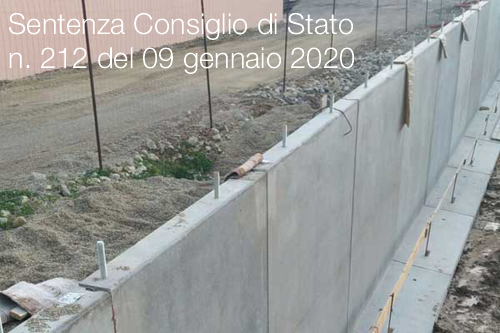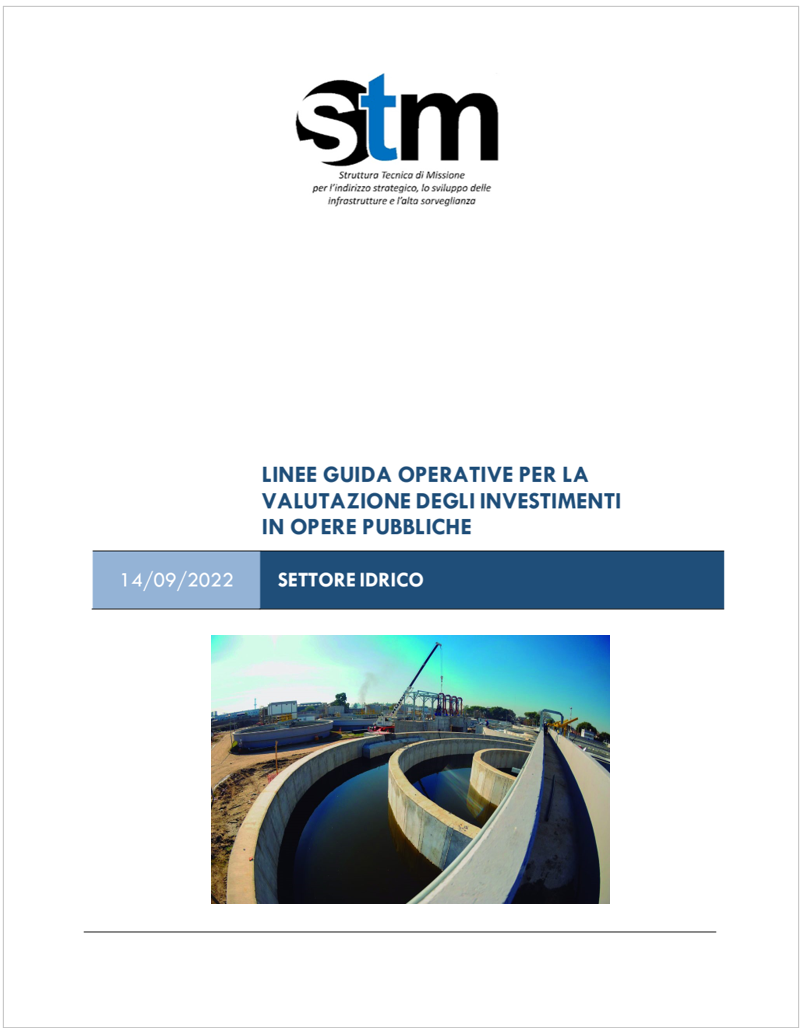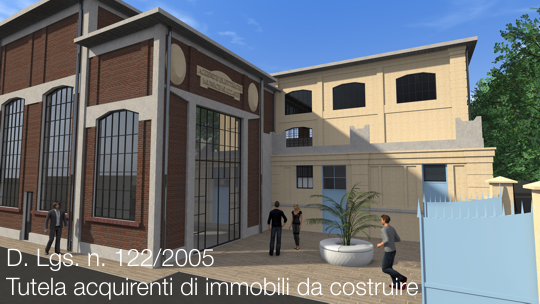Informazione tecnica HSE / 25 ° anno
/ Documenti disponibili:
45.605
/ Documenti scaricati: 34.558.441
/ Documenti scaricati: 34.558.441
European Commission, October 2017
The study aimed to evaluate the need to regulate on toxicity of smoke generated by construction products in fire within the framework of Regulation (EU) No 305/2011 (CPR) and the possible impacts of any such measures.
The terms of reference document provided by the European Commission included six ‘main research’ questions:
ii. Are there adequate fire statistics in the EU or other evidence (e.g. studies, or medical records) which reliably show that victims of building fires are due to the inhalation of toxic gases from construction products? Which are the responsible toxic gases?
iii. If the victims in building fires are mainly due to the inhalation of toxic gases from construction products, which are the available options for effectively reducing the risk (e.g. to regulate on the smoke toxicity, from constructions products at EU level, to leave Member States to regulate at national level by application of the subsidiarity principle, or to support other fire engineering measures e.g. appropriate building design, installation of alarm systems, etc.)? Which are the advantages and the disadvantages of each available option?
iv. Which would be the possible legal basis for regulating at EU level on the toxicity of smoke from fires in building? Which are the advantages and the disadvantages of each available legislative option?
v. What could be the possible effects of the above measures on the reduction of fire victims?
vi. What could be the possible effects on the marketing of construction products if regulated as above?
From these main research questions, the experience of fire regulations in Europe from within the project team and the wider community of research scientists and professionals, and the EC who were consulted during the project our understanding of the key underlying points to address have been incorporated into the Table of Evidence (see below).
_____________
Executive Summary
1 Introduction
1.1 Introduction to the study and this report
1.2 Short background and objectives of this study
1.3 Evaluation context
1.3.1 Stakeholder process
1.3.2 Background to the study
2 Research Methodology
2.1 Development of indicators
2.2 Evaluation logic applied to the research questions
2.3 Guiding principles in the evaluation process
2.3.1 Backward and forward looking evaluation
2.3.2 Quantitative versus qualitative
2.3.3 Transparency and replicability
2.4 Literature review
2.5 Interviews
2.5.1 Member State Fire Regulators
2.5.2 European Organisations
2.5.3 Manufacturers
2.6 Cost-Benefit Study
3 Findings – Literature Review
3.1 Introduction
3.1.1 Toxic species produced in fires
3.1.2 The impact of fire conditions on species production
3.1.3 Assessment of toxic effects (FED/FIC) 27
3.1.4 Controlling toxicity by controlling ignition/heat release rate
3.1.5 Long-term toxic effects
3.2 Standard tests and measurement techniques
3.2.1 Flammability and reaction to fire tests
3.2.2 Identification of toxic species
3.2.3 Bench-scale tests for measuring fire toxicity
3.2.4 Full-scale fire reconstructions
3.3 Toxic smoke from construction products
3.4 Current Regulations
3.4.1 Relevant standards
3.5 Fire Statistics
3.6 Potential options for reducing fire risks
3.6.1 Fire Safety Engineering
3.7 Legal basis for EU-level regulation
3.8 Effects on markets for construction products
3.9 Literature review on potential toxicity of smoke
3.9.1 Introduction
3.9.2 Substances
3.9.3 Toxicity
3.9.4 Risk characterisation
3.10 Discussion
4 Findings - Interviews
4.1 Current Regulations
4.2 Fire Statistics
4.2.1 Member State Regulators
4.2.2 European Organisations and Representatives
4.3 Fire engineering is an accepted fire safety approach
4.4 We have all the information needed to implement fire engineering
4.5 Fire engineering could deliver effective benefits in Europe
4.6 Some form of Regulation at a national level directly or indirectly related to
construction products is acceptable
4.7 If robust and meaningful smoke toxicity data was available then it could be used to support regulations
4.8 Legal basis for regulating at EU level
4.8.1 Legal basis for regulation
4.8.2 Costs and benefits of different approaches
4.8.3 Which option is the most effective?
4.9 Possible effects on the reduction of fire victims
4.9.1 Regulation and potential reduction on deaths
4.9.2 Collection of fire statistics
4.9.3 Elimination of deaths from inhalation of toxic smoke
4.10 Possible effects on the marketing of construction products
5 Replies to the research questions
5.1 Current Regulations
5.2 Fire Statistics
5.3 Potential options for reducing risk
5.4 Legal basis for regulating at EU level
5.5 Possible effect of regulation on fatalities
5.6 Possible effects on the marketing of construction products
5.7 Possible impacts of regulation
6 Conclusions
Appendix A List of organisations participating in the Project Steering Group
Appendix B Literature review - list of sources reviewed
Appendix C References
Appendix D Concentrations of smoke components
Appendix E List of Interviewees
Appendix F Questionnaire – Member State Fire Regulators
Appendix G Questionnaire- European Organisations
Fonte: Commissione Europea
Collegati:

E' necessario il permesso di costruire per la realizzazione di un muro di contenimento, in quanto si tratta di un’opera che trasforma in modo dur...

ID 17608 | 12.10.2022 / Linee guida in allegato
12.10.2022 - Il Ministro delle Infrastrutture e ...

...
Testata editoriale iscritta al n. 22/2024 del registro periodici della cancelleria del Tribunale di Perugia in data 19.11.2024